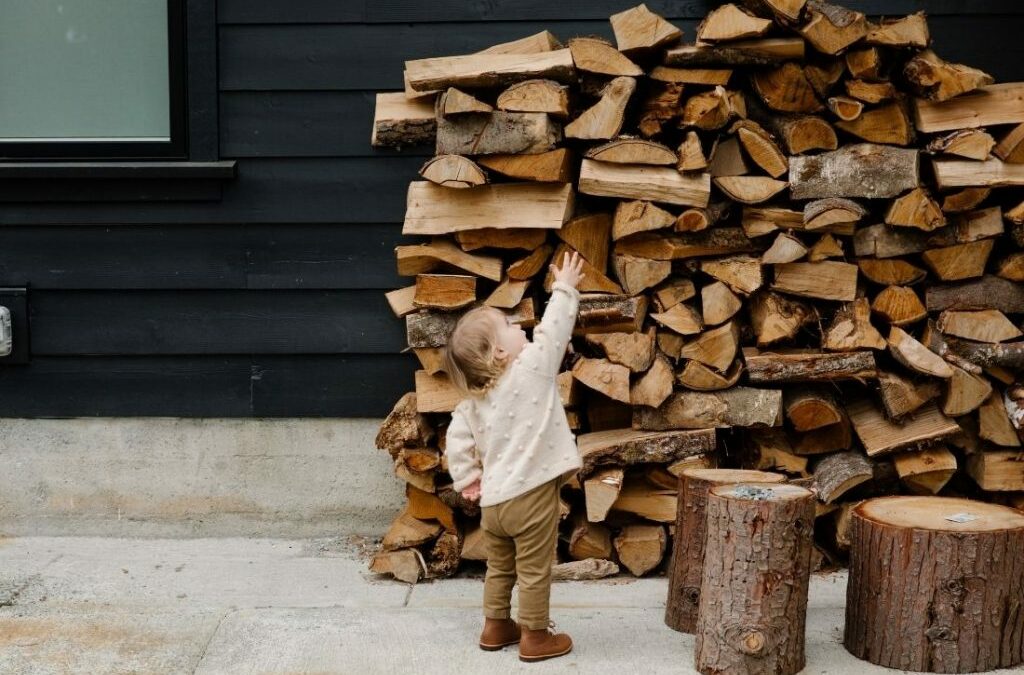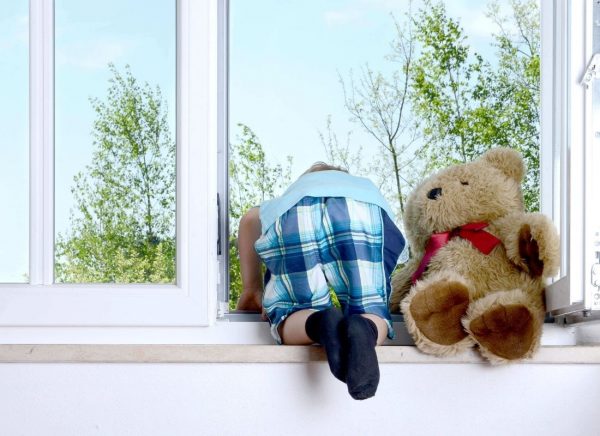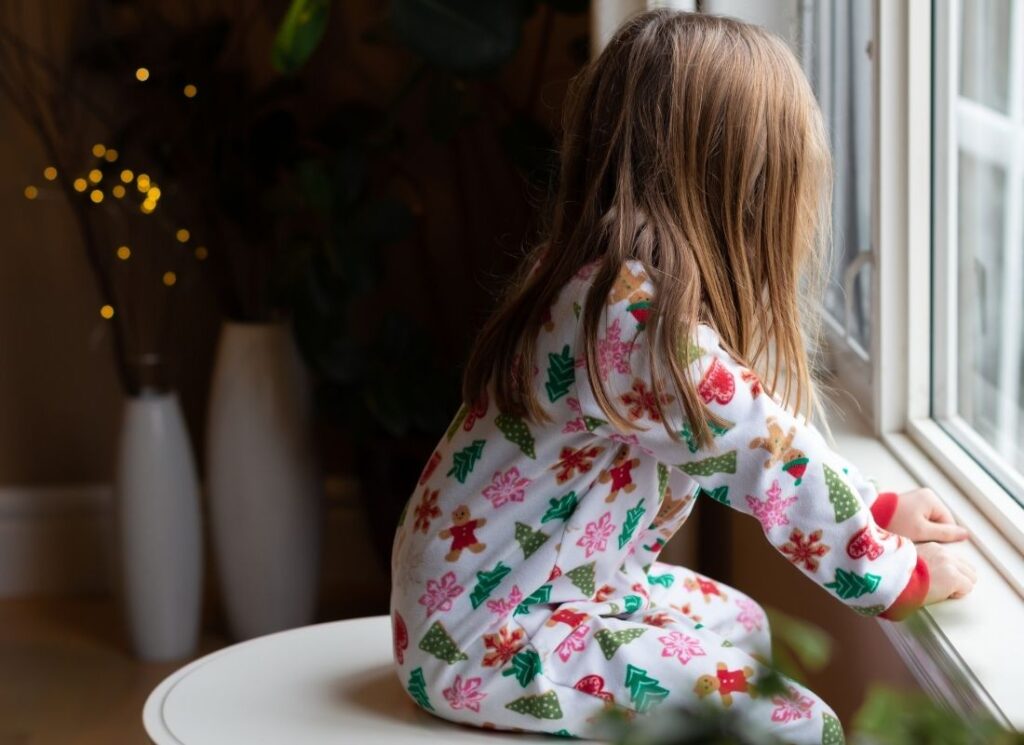Why you should childproof your home
There are many reasons to childproof your home, the most obvious being the safety of your little ones, but the exercise of auditing your living space and making small changes to make it safer for your child can lead to a reduction in stress and increased peace of mind for the parent as well. While discussions around child home safety usually concern ways to make the interior and grounds of your property safer for your child, the high crime statistics in South Africa necessitate that parents also consider these external factors when looking into childproofing.
The most recent crime statistics released by Stats SA indicate that housebreaking is the most common form of crime with over 1,2 million cases in 2019/2020. Housebreaking refers to instances where nobody is home, while home-robbery is the term used to describe a home invasion where the family is at home at the time of the break in. This type of violent crime occurred a staggering 169 000 times over the same period.
While the article will still primarily focus on general child home safety measures, where relevant, we also want to touch on security measures that can be taken to keep your children (and the rest of your family) as safe as houses.
How to ensure your home is childproof
Firstly, it’s important to begin by stating that every house is different and thus will have different childproofing considerations. For example, a multi-storey home will have different considerations to a single storey home when it comes to measures that need to be taken. However, many aspects of childproofing rely on common sense and the basic principles are universal, it’s up to you to apply them to your own home and your little one’s behaviour.
That said, every childproofing exercise should start with a safety audit of your home, you can find a useful checklist here that can help you determine the risks in each room of your house.
Know your high risk zones
High-risk zones refer to areas which are traditionally related to injury of children. While there may be a number of risk areas in the home, they can generally be summarised as relating to water, heat or flame, toxic substances or falls. Let’s explore these in some high level detail:
Water dangers don’t just refer to the swimming pool, but can be any place in the home where there is a risk of drowning. This includes areas such as baths or basins in the bathroom, the sink in the kitchen, and even the hot tub.
Heat dangers include stoves or grills in the kitchen, or an open fireplace, but it is also important to ensure that your braai area is childproof as children can touch the edge of a braai and receive burns.
Toxic substances should be self-explanatory, but to summarise these can include cleaning products, herbicides and pesticides in the garden, and medications. While most of these items can be kept under lock and key it is also important that handbags, which often contain medication are also kept out of reach of children. There are many toxic substances around the home and some of them may not be obvious, such as pool acid, which can lead to nasty acid burns. In South Africa paraffin used for lamps or cooking represents another ever present danger for parents to be mindful of.
Finally, falls refers to high-risk zones both inside and outside the house where there is a possibility of injury through falling. This can be interior or exterior stairs, balconies, unsecured windows and even wet floors in the bathroom.
These four high risk areas should give you a good start in evaluating your to do list on childproofing your home – however, this is by no means an exhaustive list.
Keep items out of reach
Perhaps the single most important child safety measure you can take is ensuring that dangerous items are kept out of reach, either in a place where children can’t get to them or (even better) securely locked away. We have already covered some of these such as toxic substances and medication, but this principle should also be applied to less obvious items such as choking hazards (a great example is coin lithium batteries); sharp items, such as knives; and, in the South African context, firearms. This takes discipline on the part of the parent as letting down your guard temporarily can have dire consequences.
Childproof your home room by room
Each room in your home can pose specific risks for your child, so we decided to give you a room-by-room breakdown of some of these risks. Aside from the points mentioned below one risk area that is universal to every room in the house are electrical outlets, these are particularly important when it comes to baby proofing as small children are more susceptible to injuries from outlets that aren’t properly covered.
Kitchen safety
Kitchens are by their nature relatively high-risk zones for children. One of the first things you should do is to ensure that corners and edges are covered to prevent injuries from bumps. There are a wide variety of options available from local retailers and these are generally quite cost effective.
It is also important to ensure that any dangerous items are either locked away or packed in a way that they can’t be reached by children, these include the cleaning products, which are usually stored under the sink, but also knives and other sharp utensils. If you can’t lock these drawers, you should consider getting a safety catch to ensure they are safe from inquisitive children.
Another consideration is to ensure that children can’t climb onto the kitchen counters. While this may not always be possible as your child grows and becomes more adventurous, ensuring that there aren’t ways for them to climb onto the counter reduces the risk of falls, hot stove-related accidents, and access to sharp objects. To fully audit your kitchen, refer to this checklist, with a set of questions relating to this room.
Living room safety
The living room is often regarded as a safe space for the family and while furnishings are generally soft there are a few child home safety risks that require special attention. The TV often forms the focal point of the living room, so let’s begin there. The safest course of action is to mount your TV to the wall, most televisions come with wall mounts included, but if you prefer your TV standing on a piece of furniture you can use a safety strap to ensure your little ones don’t tip it over.
The same principles should be applied to cabinets and book racks, ensure that these are fixed to the wall so that your little climber doesn’t tip them over if they try to climb them. The living room also contains electronic devices so the risks of open outlets or poor wiring setups are greater in this room, particular care should be taken to ensure wiring is out of reach and unused plug points are covered.
Bathroom safety
The bathroom is the room where childproofing is no substitute for an attentive parent. A bathroom contains many risks for children and some of these can be made safer, but the risks can never be truly mitigated by preventative measures.
While ensuring the floor is puddle-free (to prevent falls) and the use of slip-resistant mats can reduce the chance of injuries or drownings, your child should not be left to bathe alone until they are old enough. Furthermore, parents should always run the bath to ensure the water temperature is correct to avoid burns.
Finally, as has been mentioned before, all medications and cleaning products should be locked away and kept out of reach of children. Bookmark this for a full checklist of bathroom safety.
Childproofing your windows and doors
As a South African securing windows and doors serves multiple functions when it comes to the safety of your family. Firstly, to keep your children secure inside preventing falls or stopping them from wandering off. Secondly, it serves to keep intruders out ensuring that your household isn’t added to the statistics relating to break-ins and home invasions.
Often childproofing your windows and doors is seen as the hardest part of childproofing your home, but this doesn’t have to be the case. LockLatch is a lockable window and door latch that allows you to keep your windows or doors ajar, but securely locked in place.
The LockLatch device can be installed on just about any window or door in a few easy steps with little DIY knowledge. The opening can be adjusted to ensure that your child can’t get out, while the stainless-steel construction ensures that intruders can’t get in.
Below we will outline the risks of open windows and doors and how LockLatch provides an elegant solution for both.
Window Safety
Even falling from a ground-floor window can result in injury, but the risks are far greater in a multi-storey home. That being said, windows are designed to open for a reason, they provide fresh air that is essential for the wellbeing of your child and yourself.
The LockLatch device can be easily installed on just about any type or style of window and the opening can be adjusted to ensure there is the right amount of ventilation while not allowing your child to climb through.
Door safety
Did you know that doors are the single most common entry point for intruders? In South Africa, we place particular emphasis on making sure our doors are securely locked. However, in some homes an open door can be a source of ventilation and older children are often able to open doors that don’t have security measures in place.
LockLatch solves this problem by allowing you to leave your doors slightly ajar, which lets airflow in, while keeping out intruders and also stops your children from accessing the exterior of the house when you aren’t around. The biggest risks of a child leaving home are gaining access to the street where they face the risk of criminals and traffic. A LockLatch completely mitigates these risks.
LockLatch also prevents injuries from slamming doors. This might not be your first concern, but a gust of wind or rough play with a sibling can cause fingers to be caught in a slamming door, leading to serious injury, by securing the door in place LockLatch prevents these types of injuries.
Are you ready to childproof your home? Why not start with LockLatch to secure your windows and doors as your first child home safety step.




